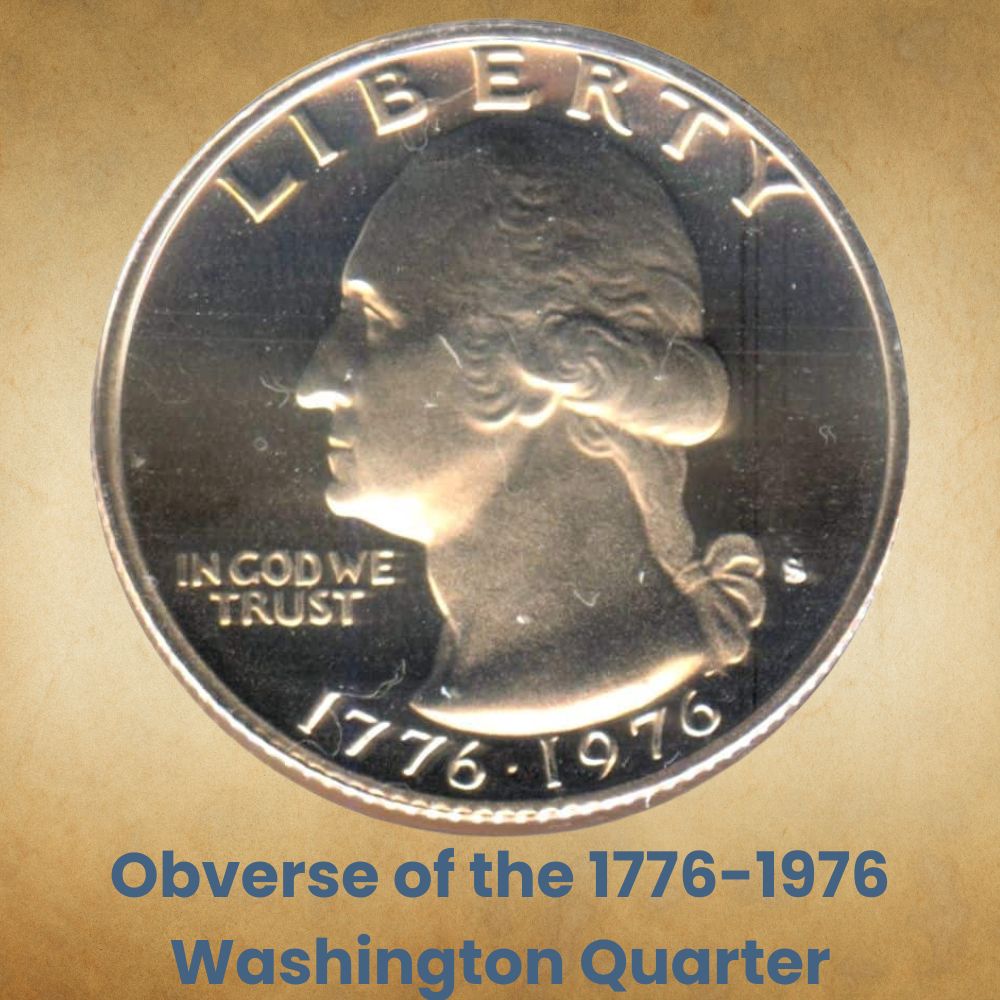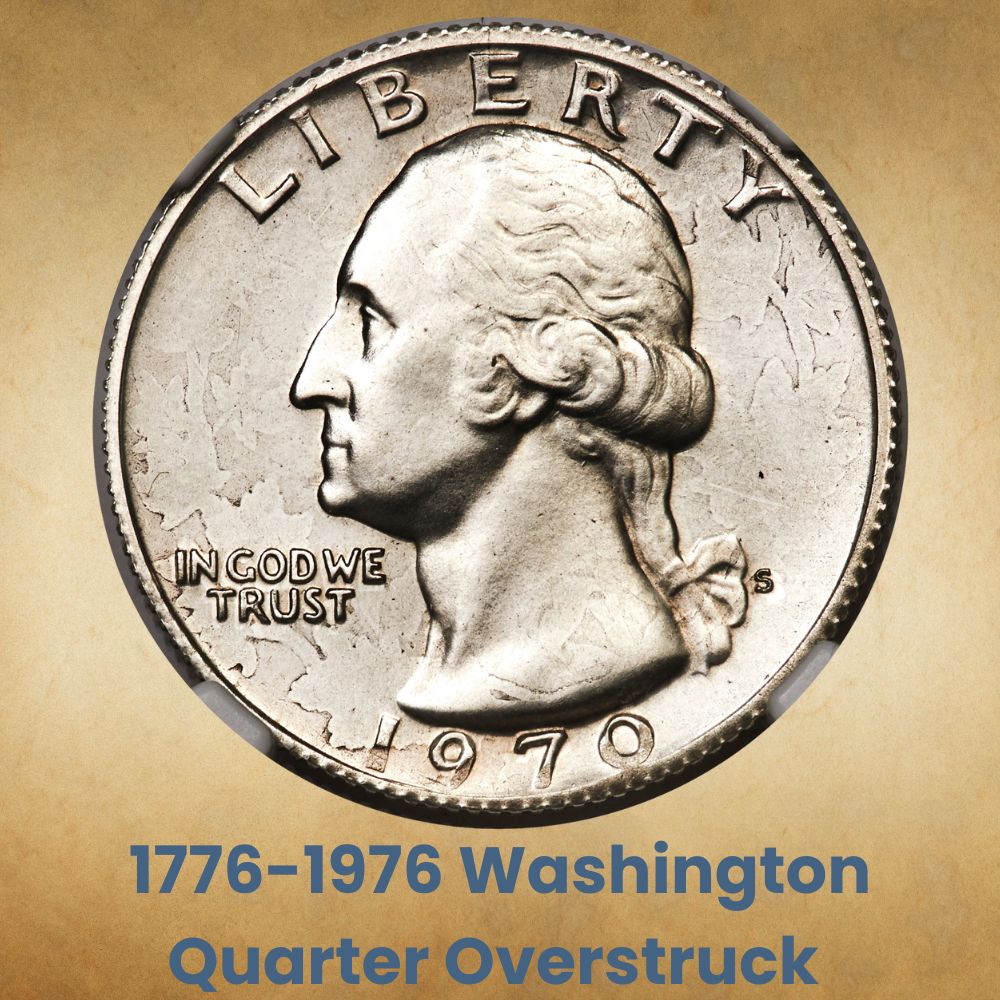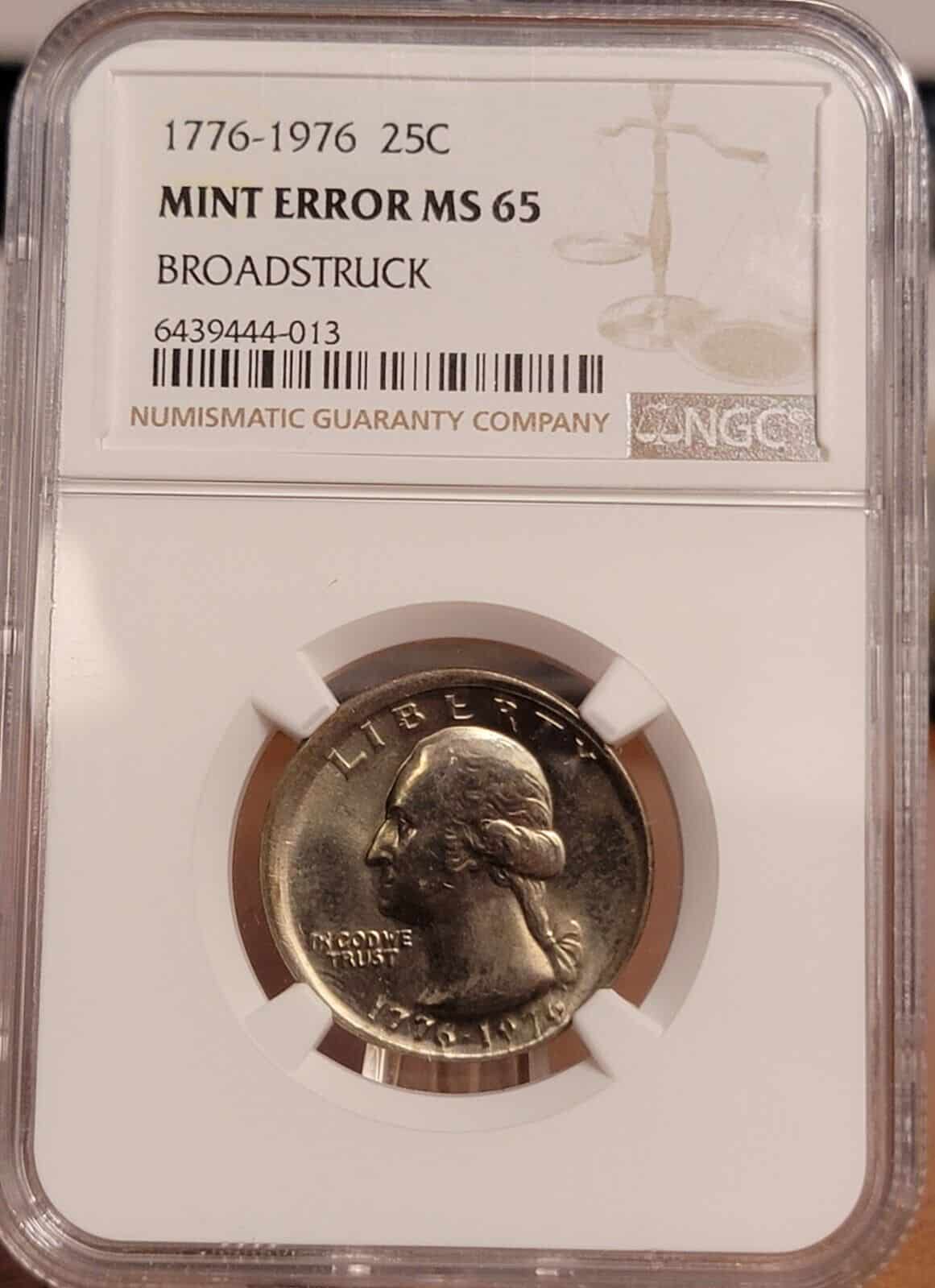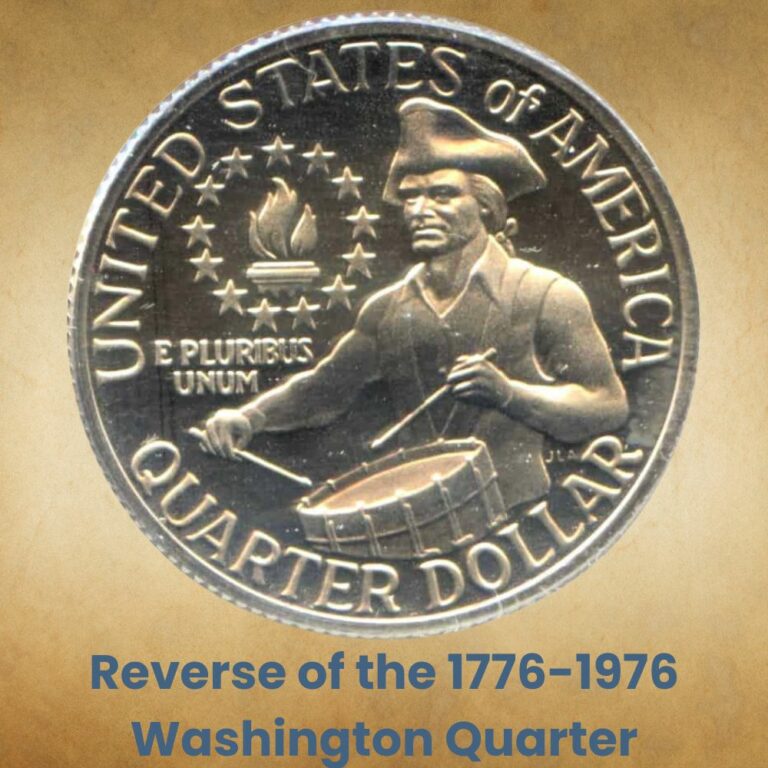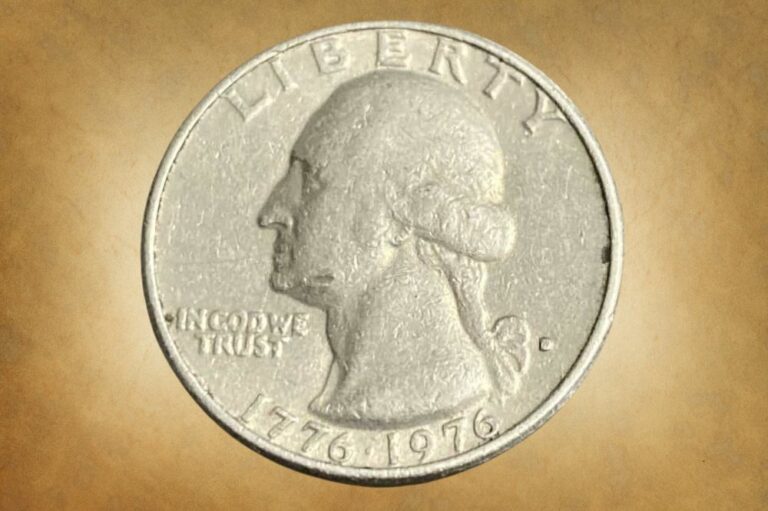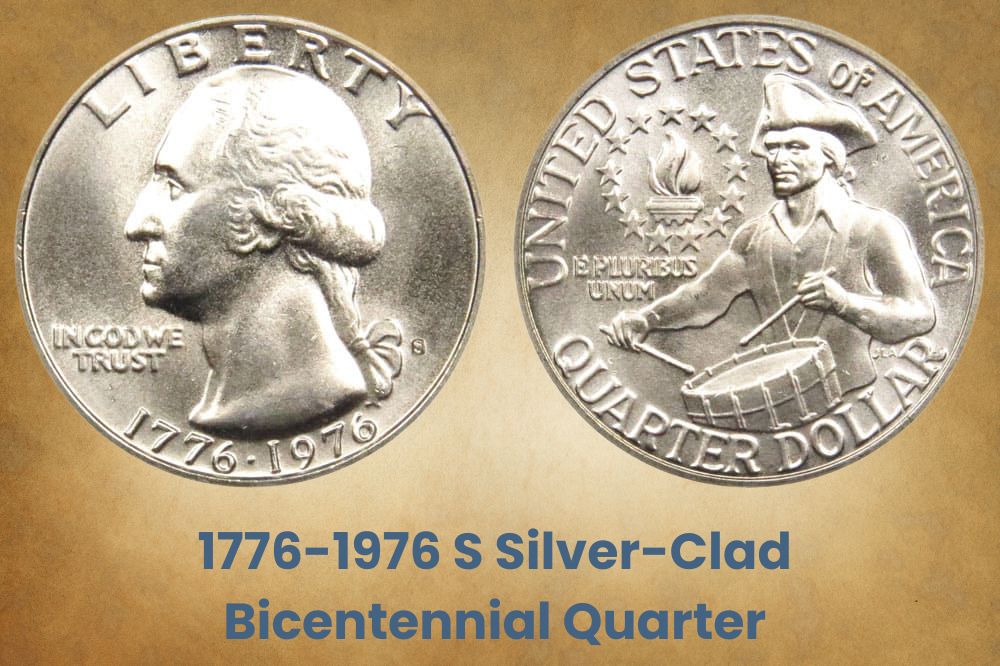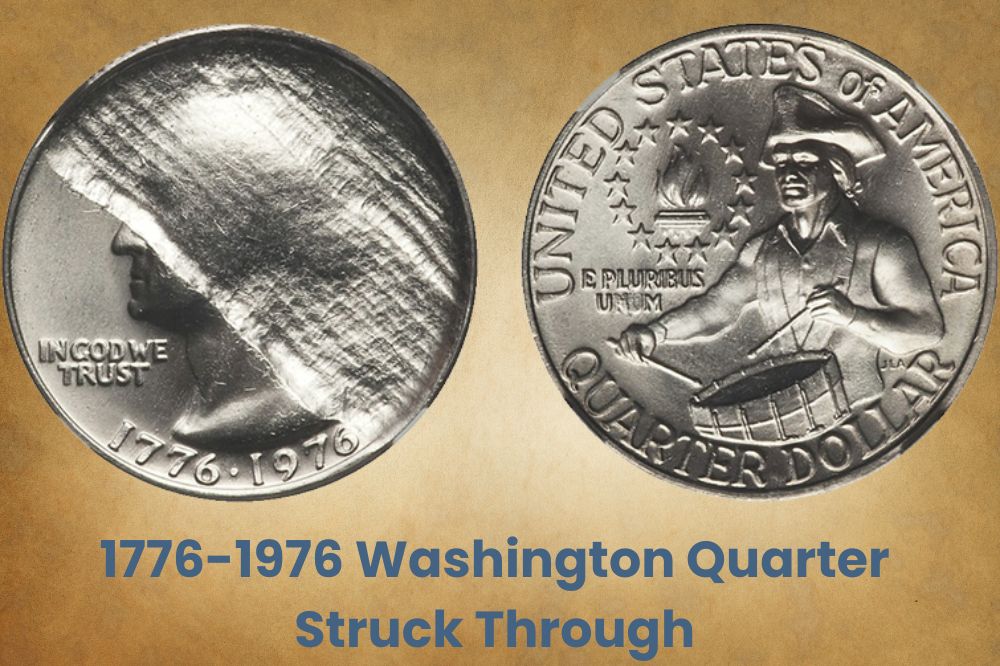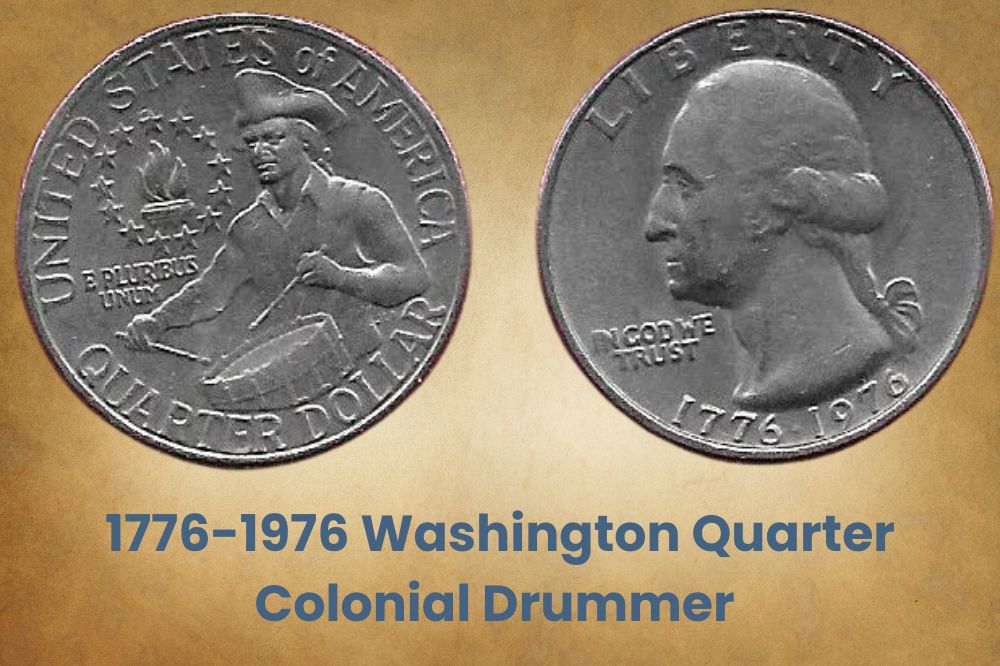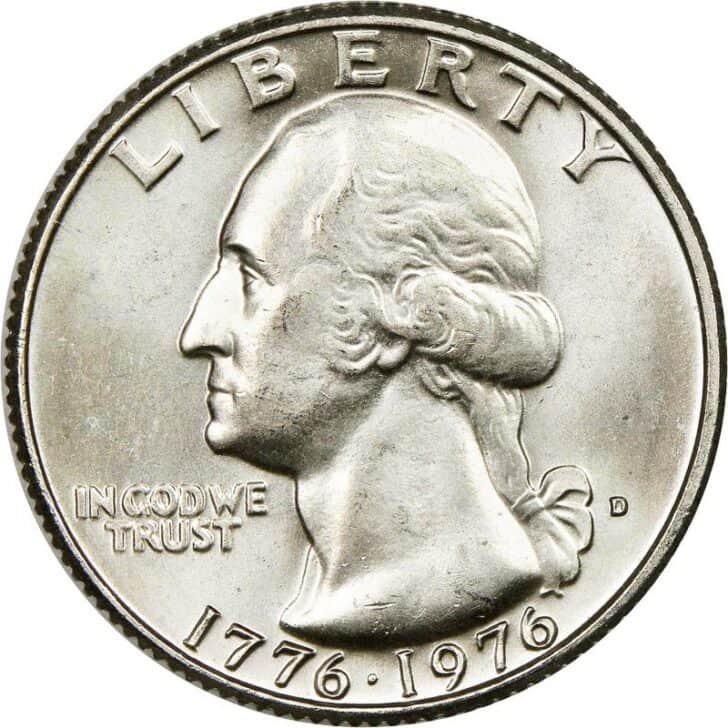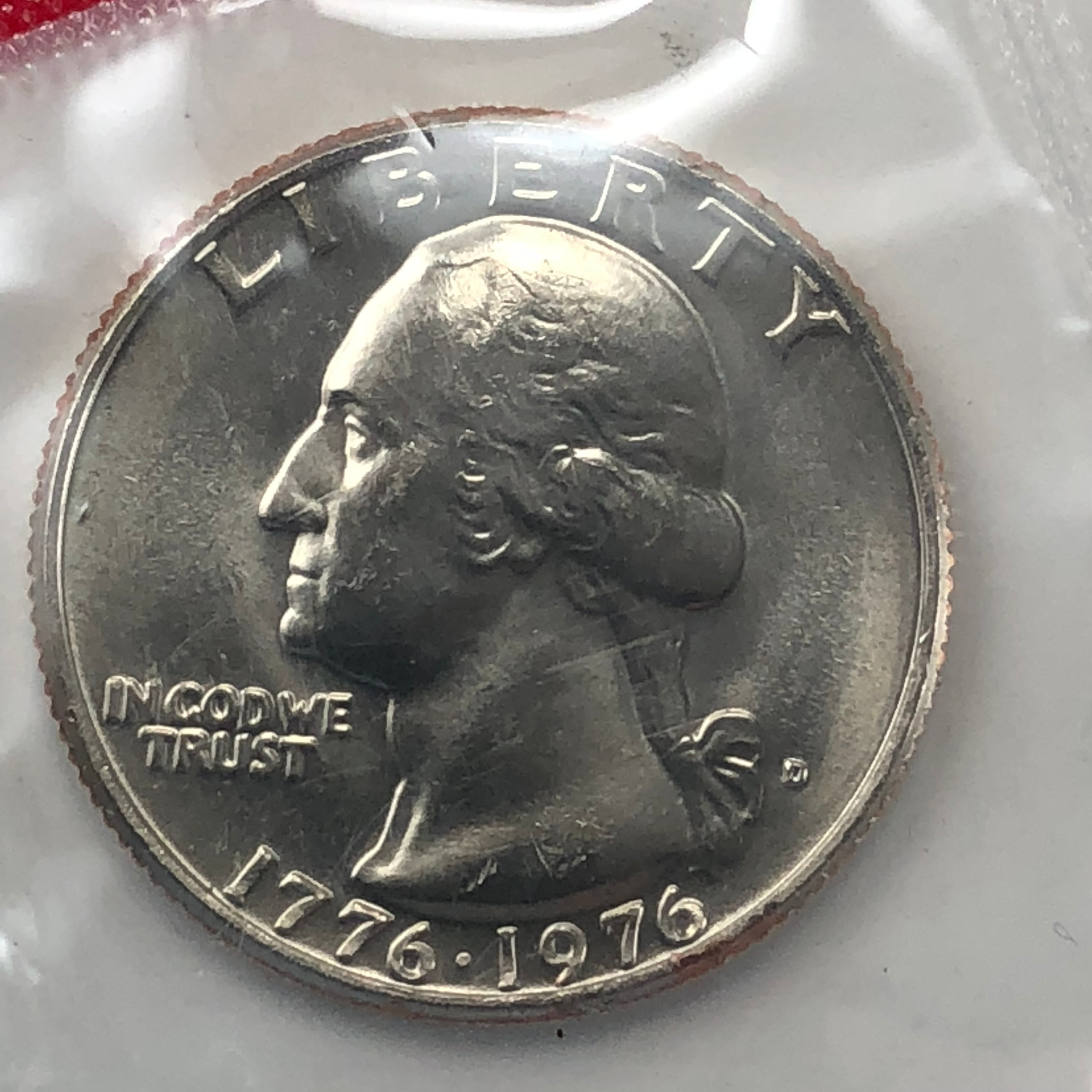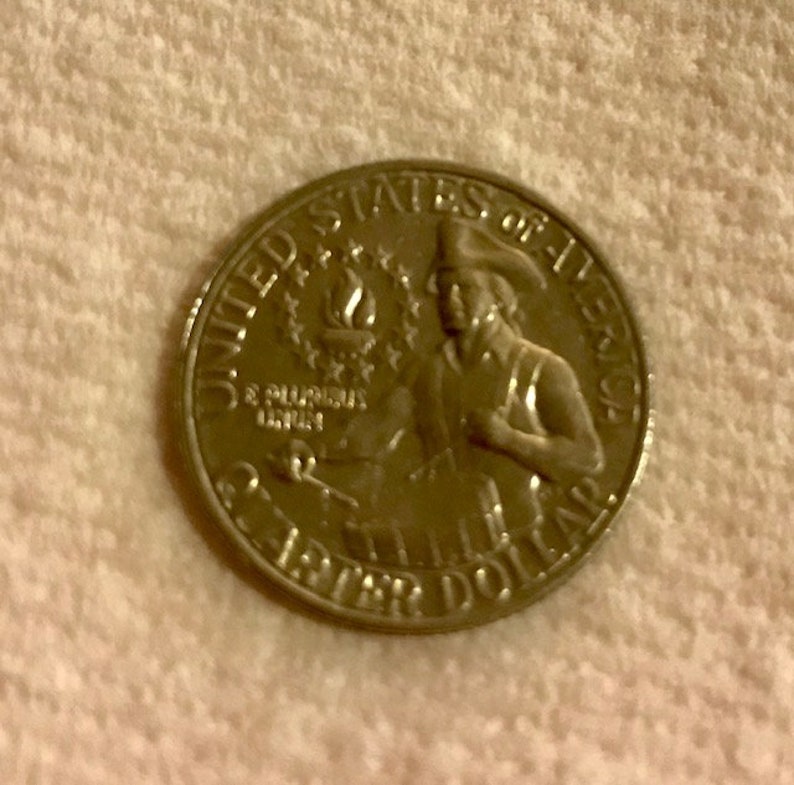How Much Is A 1776 To 1976 Quarter Worth

Ever dug into your pockets and pulled out a quarter with a little drummer boy on the back? That's the 1776-1976 Bicentennial quarter, a piece of Americana that might be sitting right under your nose!
So, is it treasure or just spare change?
Let's get straight to the point: most of these quarters are worth… well, 25 cents. Yep, you can still buy a gumball with it (if you can find a gumball machine that hasn't upped its price!). But don't despair just yet; there's more to the story!
Millions upon millions were minted. Finding one in everyday circulation is super common, meaning their value as collectibles in well-circulated condition is minimal.
The Shiny Exception
Now, if you happen to have a 1776-1976 quarter that looks like it just rolled off the press, untouched by human hands (or grubby pockets), you might have something slightly more valuable. We're talking about uncirculated coins, the kind collectors drool over.
These pristine specimens can fetch a few dollars. Think coffee money, not a down payment on a yacht. The mint mark (or lack thereof) can also play a role, impacting the potential value.
The Silver Lining (Literally!)
Here’s a twist: some special editions of the Bicentennial quarter were made of 40% silver! These are the "silver clad" versions. How do you tell if you have one?
Unfortunately, most Bicentennial quarters aren't silver. The silver ones were only sold in special collector sets, and are not easy to find in general circulation. If you do find one, it would be worth slightly more than a typical clad quarter due to the silver content.
The Heartwarming Side of Coins
Even if your Bicentennial quarter isn’t going to make you rich, it's still a tangible piece of history. It's a reminder of the USA's 200th birthday bash!
Think about it: that little drummer boy has been jingling in pockets for nearly 50 years, witnessing countless transactions, and quietly observing American life. That's pretty cool!
"Numismatics (the study of coins) isn’t just about money, it's about history, art, and culture."
Maybe your quarter has a story to tell. Maybe it reminds you of a specific memory from 1976, or from when you inherited it. That sentimental value is priceless!
Check for Errors!
Okay, one last thing: keep an eye out for errors. Mistakes during the minting process can sometimes make a coin much more valuable to collectors!
Look for double dies, off-center strikes, or other oddities. A little research online can help you spot potential anomalies. Who knows, you might have a rare find!
So, the next time you see a 1776-1976 quarter, take a moment to appreciate it. It might not be a fortune, but it's a fun little piece of American history you can hold in your hand. And that's worth something, right?
